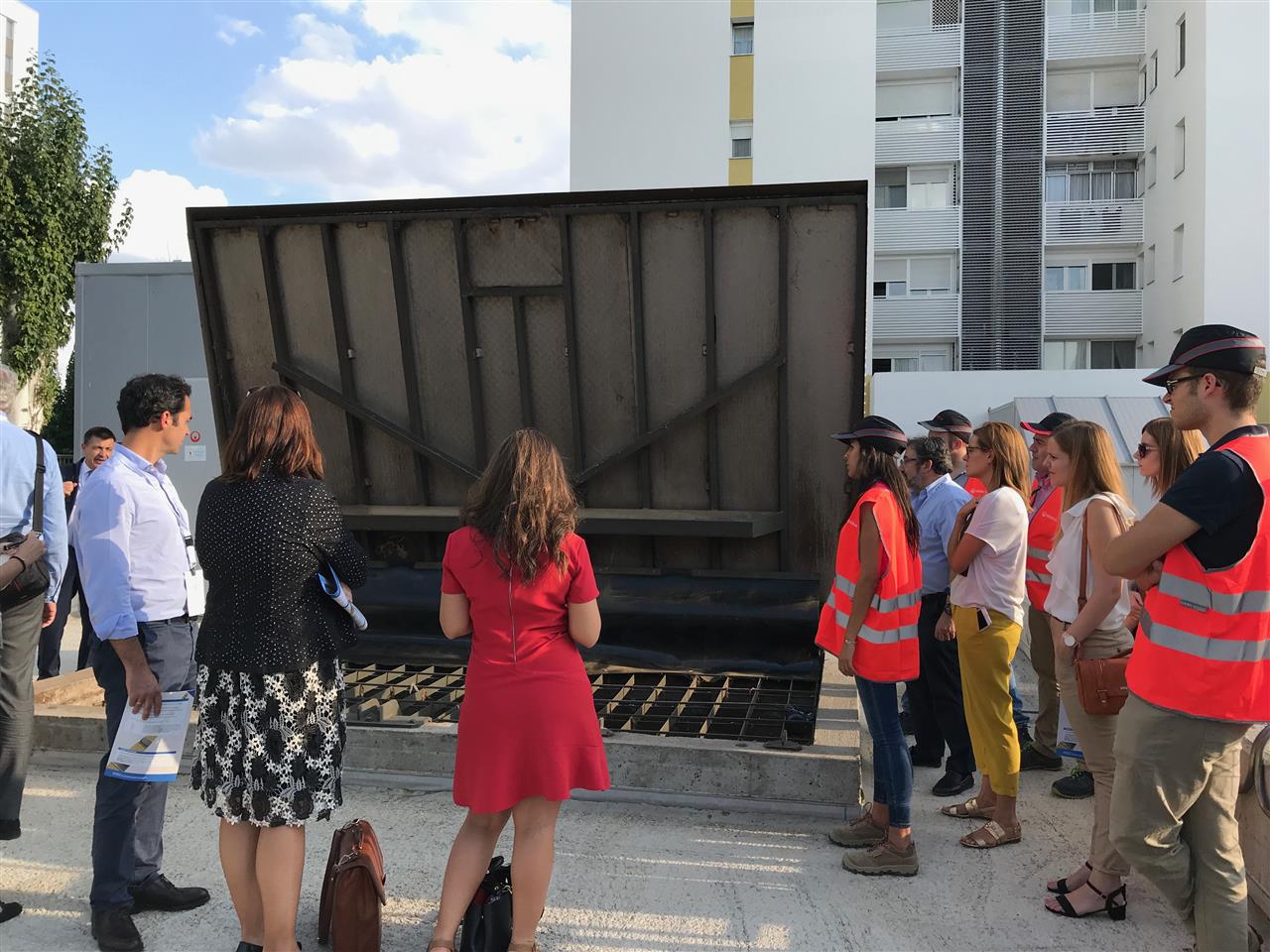Thirty-one apartment buildings comprising 140,000 m2 of floor space: Europe’s most ambitious energy-saving renovation project is transforming Torrelago, a residential district of Valladolid in central Spain.
The sheer scale of the upgrade makes it the one of the largest such projects ever supported by the European Union. But what makes this case unique is that its 1,488 apartments are not the property of the local authority but are privately owned, and that the co-financing element has been provided by the residents themselves.
And undertaking this vast retrofit plan was not without its challenges. The principal technical intervention has involved cladding the façades of the apartment blocks with 80mm expanded polystyrene blocks, which create a robust layer of thermal insulation to help residents survive Valladolid’s scorching summers and freezing winters. Heating systems in the buildings have also been renewed, with old boilers replaced by one running on natural gas and another fuelled by biomass.
The effect on the neighbourhood of this renovation has been dramatic. Energy consumption is down by around 40 per cent, while carbon dioxide (CO2) emissions have fallen by 94 per cent. The improvements were carried out under the EU project CITyFIED, which aims to identify sustainable energy-saving models that can be replicated and upscaled in urban areas across Europe.


Torrelago, Valladolid, Spain: underground silo with pinewood to supply the biomass boiler of the district heating system. Photos By Margherita Sforza.
However, the technical challenges of enhancing the 1980s-era apartment blocks in the district were nothing compared to the difficulties faced by municipal authorities to convince local residents to tolerate the disruption the work would cause (noise, dust etc.) and to pay their fair share of the costs.
Although around 80 per cent of local people approved the works following a series of public meetings at which information about the project was distributed and residents’ questions were answered, some property owners were so vehemently opposed that they launched a legal action to halt the project. It was ultimately unsuccessful.
Ali Vasallo Belver, of the Cartif Foundation, a technology centre that coordinated the project says: “Among the residents, a kind of ‘ambassador’ was appointed to keep all Torrelago neighbours posted about the retrofitting actions and answer any question that may rise.”
Each household that agreed to participate in the renovations effectively paid €5,712 to match EU co-financing, a contribution deducted from heating bills. However, the burden of heating bills has fallen substantially thanks to the improvements, so people are making back their contribution rapidly.
In a bid to have on board those who were not convinced about the added value of the renovation, “the project and the residents’ ambassador carried out an extensive demonstration action at the district from June 2014,” concludes García Fuentes.
“The direct involvement of people in decision-making processes in Torrelago, such as the choice of the new colours of the façades, increased acceptance of the project and eased the way towards a behavioral change, which is necessary to innovate and transform our urban environment”, explains smart city expert Elisabeth Schmid from iCons Foundation. She adds that “the successful implementation of the works has triggered a ‘social learning’ process in other districts, where residents have learned by observing their neighbours and have become the initiators of new retrofitting projects”.
“If citizens are at the core of the urban transformation, cities and local authorities must facilitate the dialogue with them. This means allocating resources, money and time also on non-technological activities, as smart cities are made by humans beyond new ICT-driven technologies” she concludes.
youris.com provides its content to all media free of charge. We would appreciate if you could acknowledge youris.com as the source of the content.